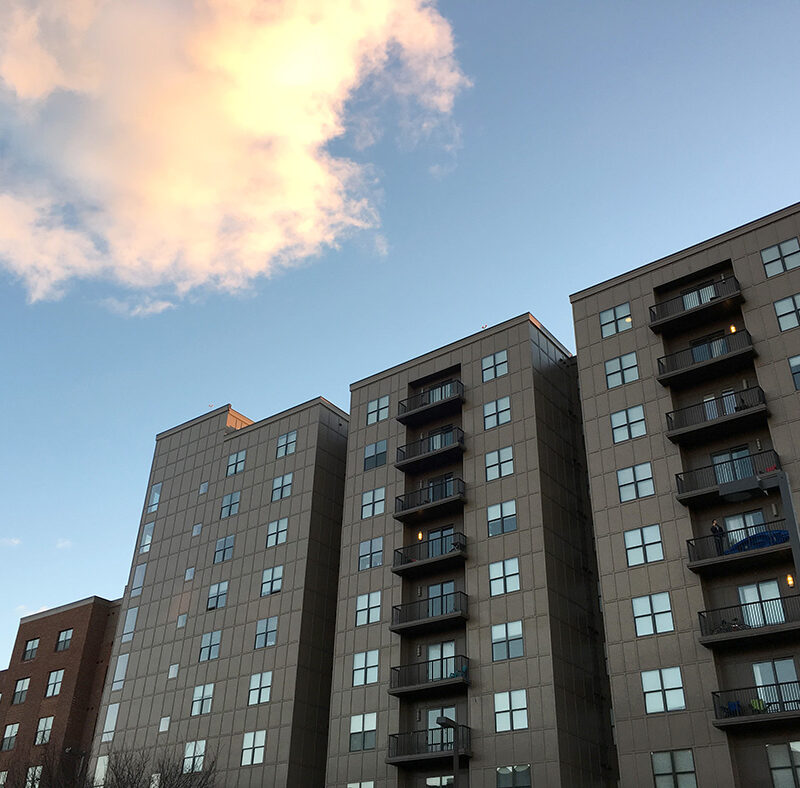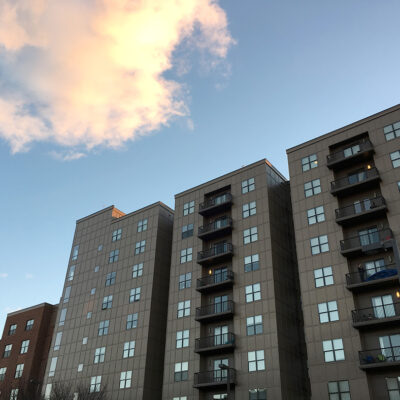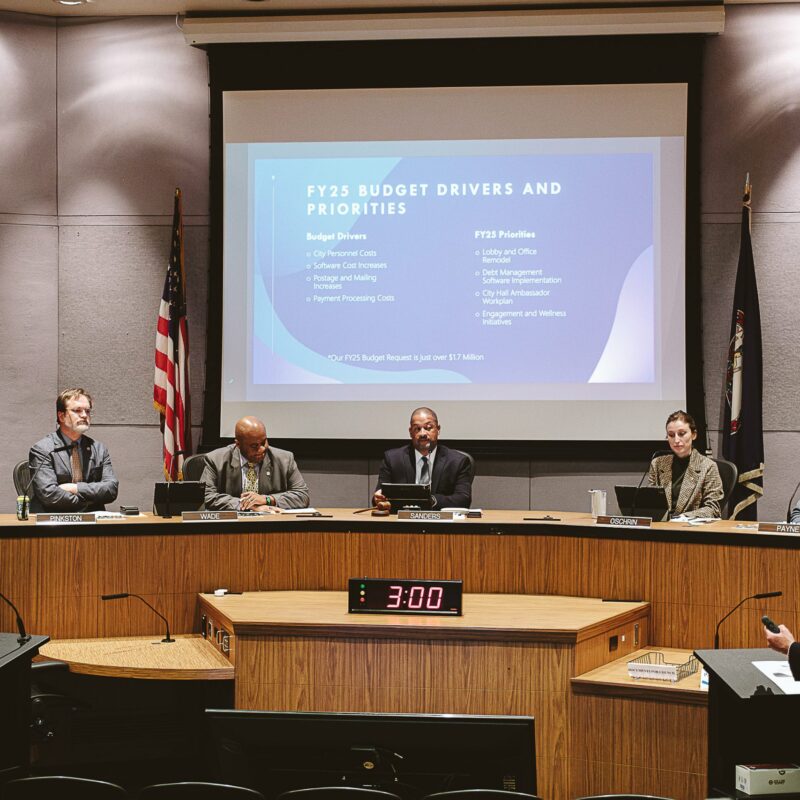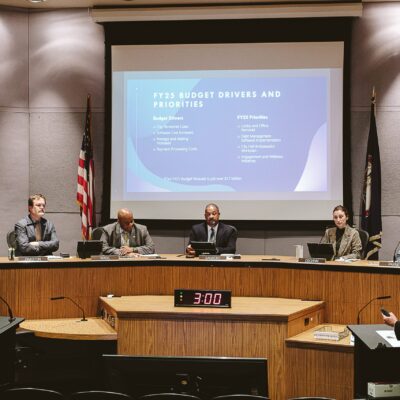With national attention focused on several school shootings across the country, it’s easy to assume schools are less safe than ever before. But researchers such as Dewey G. Cornell, a forensic clinical psychologist and professor of education at UVA, say just the opposite. Cornell, who has written on psychology and education for over 100 publications, most recently authored “School Violence: Fears versus Facts.” He says while media attention has grown, school violence actually has declined over the past 10 years. We spoke to Cornell, director of the UVA Youth Violence Project, which has created guidelines that are followed in public schools in Virginia and other states nationwide.—Burke Speaker
C-VILLE: To what do you attribute the decline in school violence?
Dewey G. Cornell: Bullying prevention has become very popular in all the schools, and Albemarle County has adopted bullying prevention programs. At Burley Middle School, five years ago, we worked with them in starting a bullying program that has been very successful. In the first couple of years about 15 percent of the students reported they were being bullied. For the last two years, it’s been about 3 percent.
You suggest we look at each student individually instead of relying on the “zero tolerance” policies many schools adopted. Why is zero tolerance not working?
Well, the problem with zero tolerance is it treats everybody the same regardless of the seriousness of their action. It’s like having capital punishment for a speeding ticket. The appeal of it is that it has a “get-tough” aura to it and it’s simple for administrators. So it was politically popular, but, in fact, a national task force of the America Psychological Association released a report this summer pointing out that zero tolerance has basically zero evidence of effectiveness.
So what should be done?
The main thing we want to do to prevent an act of violence is have students come forward and tell us when some other classmate is making a threat, or has brought a gun to school, or is talking about bringing a gun to school. The school shootings that have been prevented have been because students tend to talk about what they’re planning to do—they tend to communicate it in some way. Almost all the school shootings that have taken place, there were previous threats.





